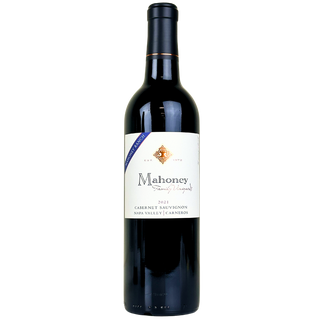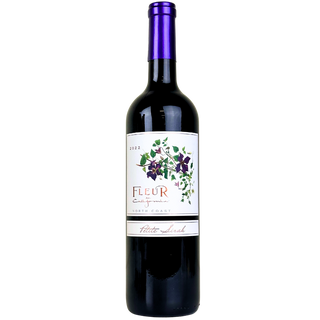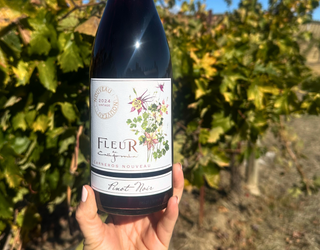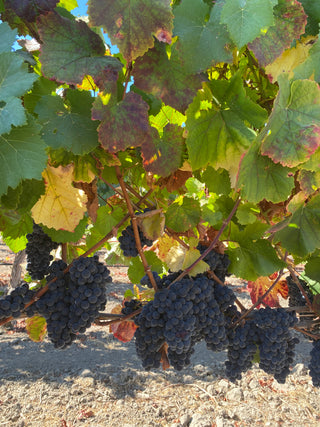The First Cluster Counts: A Crucial Step in Vineyard Management
We have some exciting updates from the vineyard as we dive into one of our favorite parts of the season—the first cluster counts. This is where the magic really starts to happen, and we can begin to get a feel for how this year’s harvest is shaping up. Ken is thinking that our harvest might start around September 4th, and we would like to share with you how we are planning this as the start of our harvest. So, grab a glass of wine (or grape juice if it's too early in the day), and let’s talk sampling, Brix, pH, and what it all means.

How We Sample Grapes:
- Systematic Sampling: We tend to follow a systematic sampling method, like following a specific pattern, for example every fifth vine in every third row. This method ensures you cover the vineyard evenly. Another way we achieve this is take a handful of steps and turn and sample different parts of a cluster, and repeat after another set of steps, and work our way up and down the vineyard.
- Sample from Different Parts of the Cluster: Grapes at the front, back, top, middle, and bottom of a cluster, as well as from the outer and inner parts, can vary in ripeness, so to get a good average, we pick berries from all parts of the cluster. Also, grab random grapes, they don’t have to look perfect or ripe, we grab what we touch so we can get a better idea of the actual grapes in the vineyard.
- Gather Enough Grapes: We aim for 100-200 berries per sample. This amount provides enough juice to measure Brix, pH, and other parameters accurately.
- Crush and Measure: Once we’ve collected your sample, crush the grapes to extract the juice. You can use a small hand crusher or even your hands. Then measure the Brix, pH, and taste the juice. The Brix tells you the sugar content, the pH indicates the acidity, and tasting gives you an idea of flavor development
Brix and pH: What do the numbers mean?
- Brix: This is the official way of saying how much sugar is in the grape juice. The higher the Brix, the sweeter the grapes, and the more potential alcohol in the wine. For white wines, we’re aiming for a Brix around 21-24, while reds can go a bit higher, say 24-28.
- pH: This measures how acidic the juice is. Lower pH means higher acidity, which is important for giving the wine that fresh, crisp taste we all love. For most wines, you want the pH to fall somewhere between 3.0 and 3.5.

Vermentino: Still in the Waiting Game
Let’s get into our Las Brisas Vermentino first. Right now, these grapes are at 15.4 Brix with a pH of 2.86. What does that mean? Well, it means they’re not quite there yet—still a bit too tart and not sweet enough. The Brix tells Ken, our winemaker, that the sugar levels are on the rise, but are not just ripe enough to pick. The pH is still low, meaning the acidity is high, which is typical for this stage.
So, for now, it’s a waiting game. We will be keeping an eye on these clusters and continue to sample sugars, waiting for the Brix to hit around 21-23 and the pH to come up a bit, maybe to around 3.1-3.3. When that happens, we will know it’s time to start setting our harvest dates.
Pinot Noir: Almost Ready for Harvest
Now, onto the Pinot Noir—this is where things get really exciting. These grapes are sitting at 21.5 Brix and a pH of 3.19, which means we’re getting close to harvest time (the busiest and most fun time in winemaking). The sugars are almost right where they should be for our Pinot Noir, and the acidity is balanced nicely.
We have one more step left, deciding when to pick! If we let them hang a bit longer, we could get a bit more sweetness and complexity, maybe pushing the Brix up to 23-24. But we have to keep an eye on that pH too—we don’t want it to climb too high and throw off the wine’s balance.

Harvest Timing: The Sweet Spot
As harvest approaches, we will continue to sample regularly, maybe once or twice a week, or even daily when we are close to our target ripeness. This will allow us to track the ripening process closely and decide the perfect time to pick.
In the end, it’s a mix of science and gut feeling. The numbers give winemakers a good guide, but there’s something about tasting the grapes and knowing that they’re ready, which comes with many years of not only working in the wine industry, but with these vineyards. Happy harvest!







